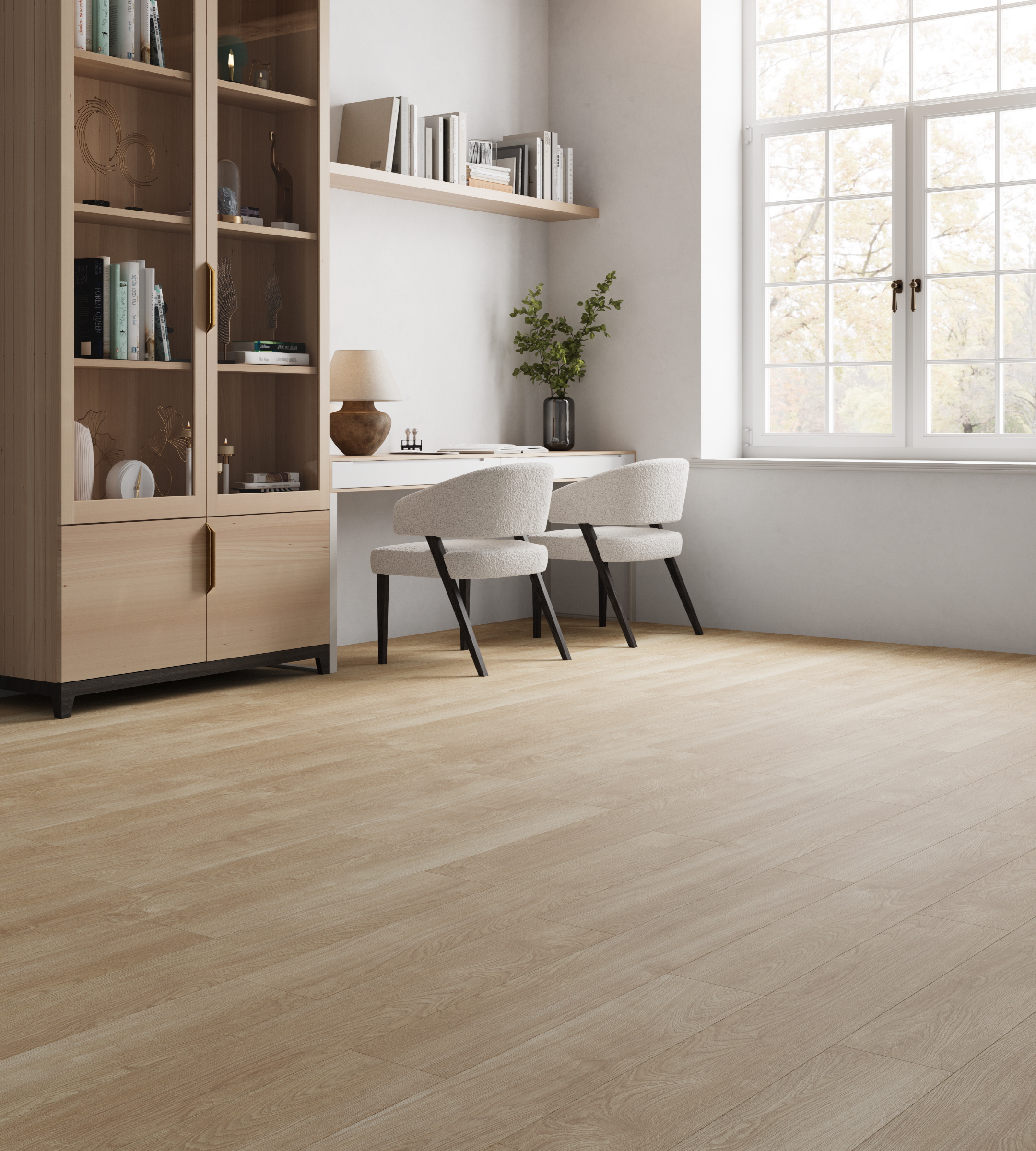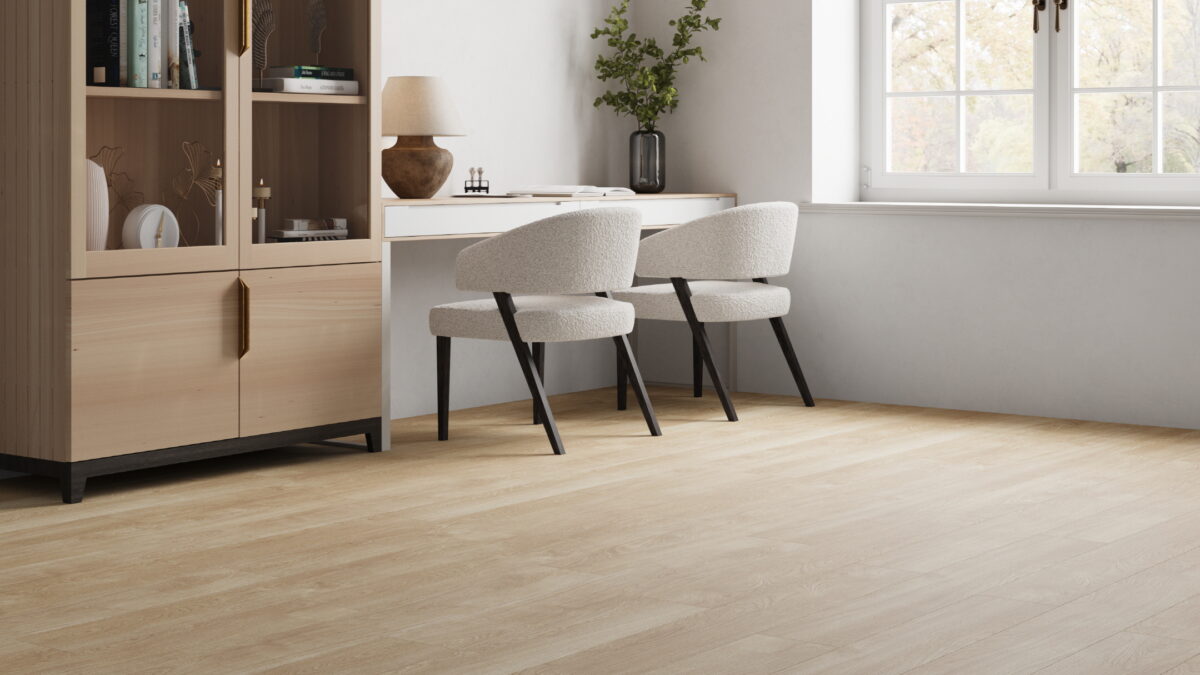
Vinyl flooring continues to increase in popularity. It is a durable, long-lasting, great-looking, and cost-effective option for your home.
Many people wonder, “Is vinyl the same as lino flooring?” While they can resemble one another, the short answer is “no.”
There are many distinctions between vinyl vs linoleum. If you are considering either as a flooring material, these are differences you should consider.
This flooring types guide below covers what those are. Keep reading to find out which product may be right for your home.
How Is Linoleum Different Than Vinyl Flooring?
Vinyl refers to polyvinyl chloride (PVC), a synthetic thermoplastic polymer. It was discovered in 1872 by a German chemist.
PVC is the world’s third most commonly produced plastic. It is very rigid yet lightweight, making it an ideal material for many building components.
Linoleum is made of natural materials and usually includes linseed oil (which is where it gets its name). Other common ingredients include wood flour and cork dust. It was invented in 1855 by a British manufacturer.
Vinyl Flooring vs. Lino Flooring
There are many vinyl and linoleum flooring benefits. One is that they are both are much less expensive than other flooring options.
There are several ways that vinyl and lino flooring differ. Here are the main ones to consider.
Design
While both linoleum and vinyl have many different options for color and design, vinyl offers a unique advantage. You can find luxury vinyl plank or tiles that are meant to resemble other flooring types. These include hardwoods, tile, and even natural stone.
Water Resistance
Lino flooring is more porous than vinyl (especially in tile form). This makes it more susceptible to bacteria and mold, as well as penetration from water.
You can improve linoleum’s permeability, but it requires frequent resealing. Vinyl, on the other hand, requires no maintenance or refinishing for the duration of its life.
Cleaning
Both linoleum and vinyl are easy to clean and maintain. You do not need any special cleaning products–just soap and water–to wipe down either.
Durability
Both linoleum and vinyl are scratch-resistant and will last for decades. While strong, linoleum is softer than vinyl.
This makes it more susceptible to damage from furniture or impacts from heavy objects. One of the main vinyl flooring advantages is that it is almost impervious to impact.
Also, linoleum tends to fade over time. You can expect vinyl to retain its appearance better over the years.
Installation
Vinyl comes in planks and tiles, while lino flooring comes as rolled flooring or tiles. Linoleum and vinyl tile are both easy to install. However, rolled linoleum requires the use of a heavy roller, which requires a professional for the installation.
Seamlessness
One advantage to linoleum flooring is that it can be installed as sheets, which gives it a seamless appearance. Vinyl, on the other hand, comes only in planks and tiles.
Buy High-Quality Flooring Products Near You
Now that you know the distinctions between vinyl and lino flooring, you can determine which is best for your project. An experienced retailer or manufacturer can further assist you in choosing the right one for your home.
We hope you found this flooring comparison helpful. Since 1947, LX Hausys has been sourcing the highest quality materials to create aesthetically pleasing, eco-conscious floors and surfaces. Contact us today to learn more.

